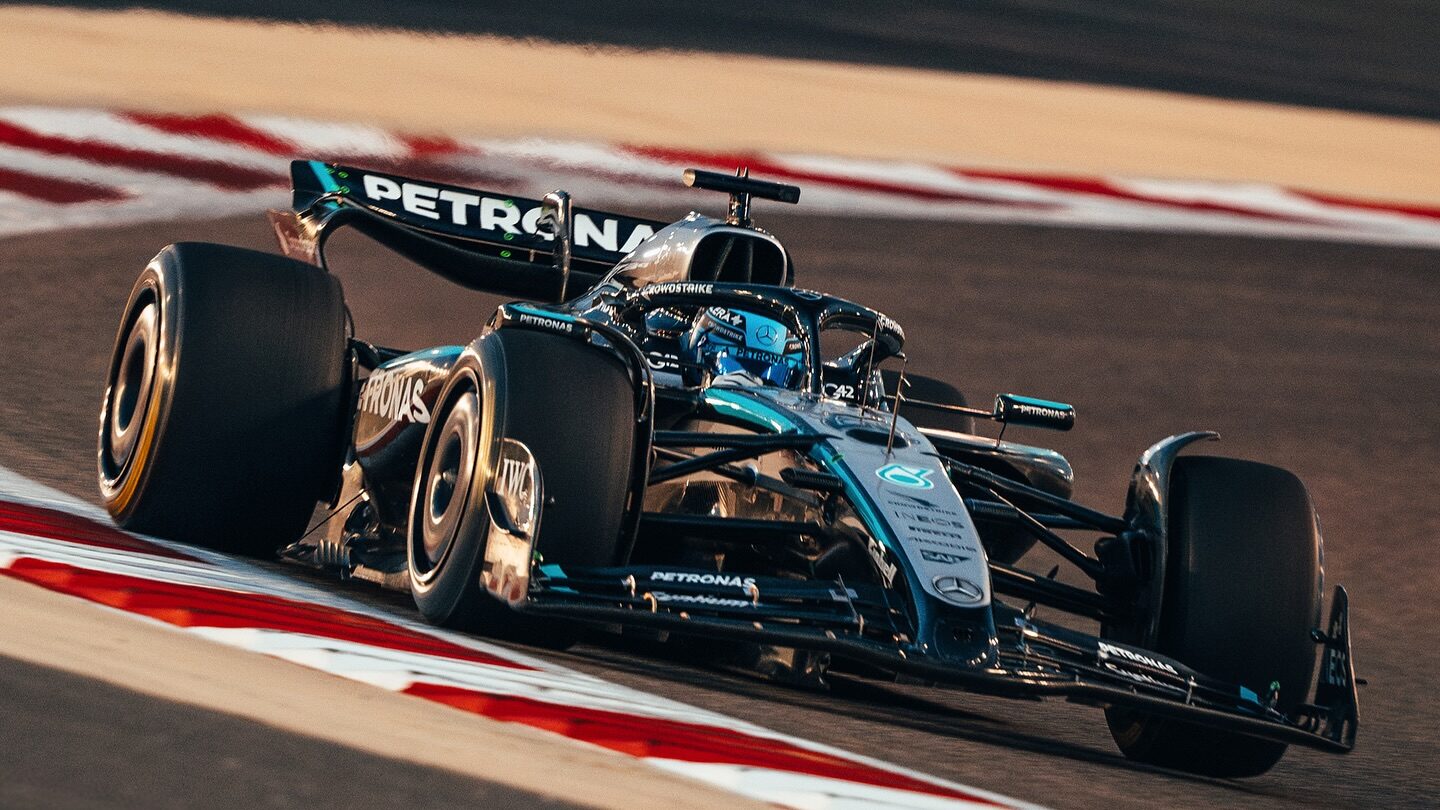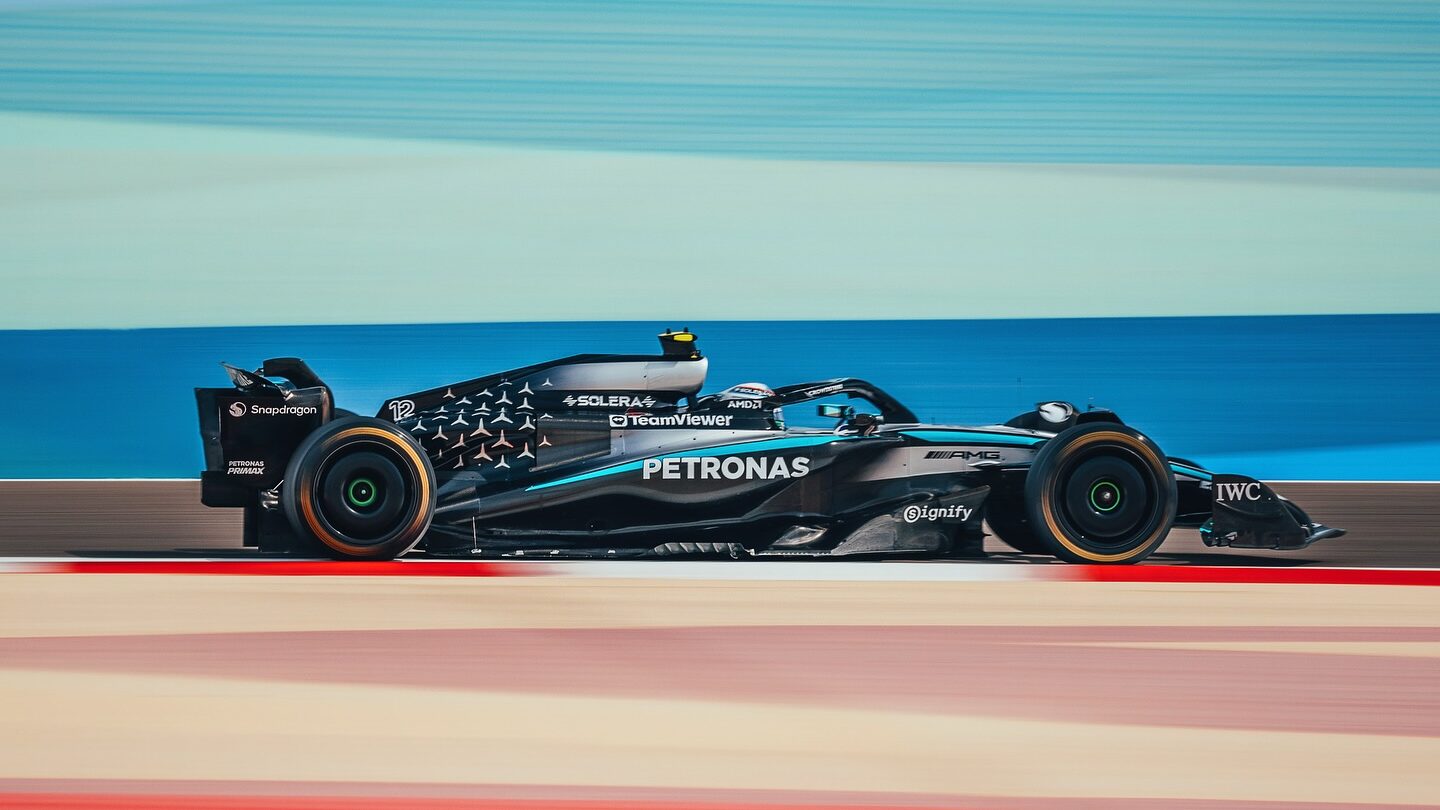
Mercedes have expressed regret for not copying Max Verstappen’s exit lap tactics, which earned him a surprise pole position for the Japanese Grand Prix last weekend, while they are targeting the top step of the podium for Bahrain if, according to them, McLaren makes a mistake.
Team technical director James Allison pointed out that Verstappen’s tyre preparation in the third session of qualifying was the opposite of what was advised to George Russell. While Russell kept the tyre temperature at a lower level to avoid overheating at the start of the lap, Verstappen focused on getting the tyres warm for the winding first sector, where he gained valuable time. Verstappen took pole by a hundredth of a second, while Russell finished fifth.
Allison admitted that they made a tactical error for the final qualifying session, given the changes made to the Suzuki this year. “They resurfaced half the track,” he explained in a video released by Mercedes. “Actually, the part that got the most new surface was the first sector – that very, very fast and demanding first turn, second turn and the climb through the Esses.”
“The main challenge with fresh asphalt is that it is much more difficult to warm up the tires to a temperature where they adhere well to the new asphalt. And then the driver finds himself on an older part of the track, where the asphalt is rough, so the tires overheat very easily. The driver has to find the right compromise – to have the tires good enough for the first part of the track, without overheating by the end of the lap.”
“In general, you need to drive the last part of the exit lap quite aggressively to get the tires ready for the first corner, the second and going through the Esses on the new tarmac. But, because of that, you can lose a bit later in the lap.”
Mercedes advised Russell not to follow his desire to start the lap with a higher tyre temperature, which Allison admits was a mistake. “In the last attempt – and it was definitely not the right decision – we advised George to start the lap with slightly cooler tyres,” he pointed out. “He felt that was not the right move, but that he needed to drive aggressively straight away.”

“The result was that the tyres weren’t ready for the first part of the lap. So we lost a lot of time there, which made the rest of the lap almost irrelevant. We didn’t benefit there either because the lap was simply not competitive.”
“If you look at the cars that benefited – and the lap that Max did for an impressive pole position – he really drove the last sector of the exit lap strongly, warming up the tyres well so he could attack in the first part of the lap and then somehow hold on to the end. We should have done that. If we had, we would have had a better starting position for sure.”
The teams face a much rougher surface in Bahrain this weekend, which Allison believes will work in McLaren’s favour.
“We can expect this track to be significantly more demanding in terms of tire degradation than the previous ones,” said Allison. “The asphalt there is very rough and rough.”
“That tarmac is quite old – in fact, it’s older than Kimi [Antonelli]. The track hasn’t been resurfaced for a very long time. As the tarmac ages, it gets rougher, which damages the tires and causes them to overheat faster.”
“So we can expect this weekend to be very challenging in terms of controlling rear and front tire temperatures, and managing the rate of degradation, which requires careful handling throughout the circuit.”
“If we look at all the teams, I’d say McLaren has the advantage over the others. But given the winter testing and the speed we’ve shown compared to Red Bull and Ferrari, we absolutely believe we can fight for the podium – and even better, if the orange [McLaren] make a mistake.”
